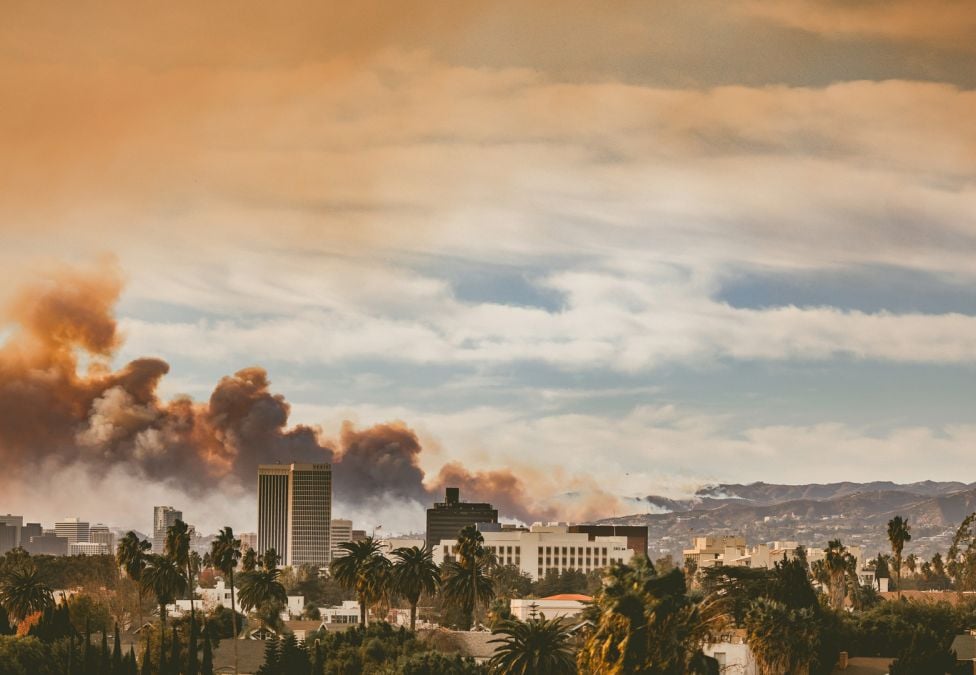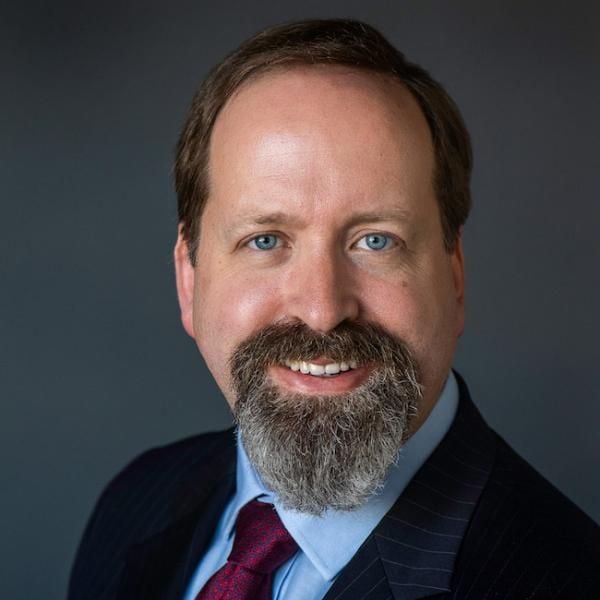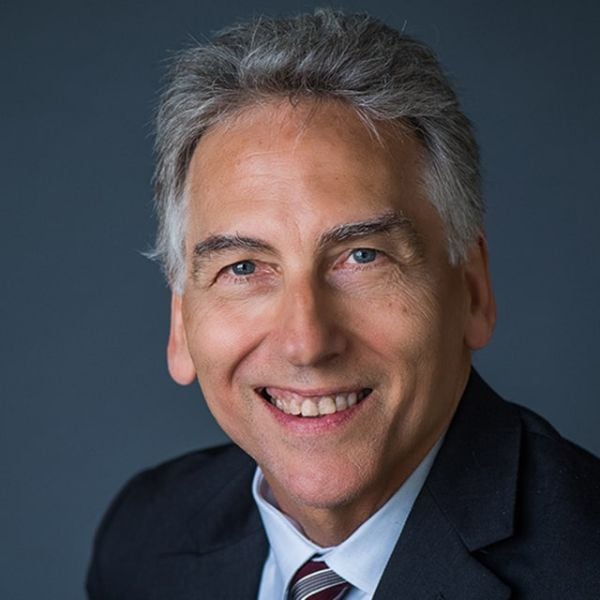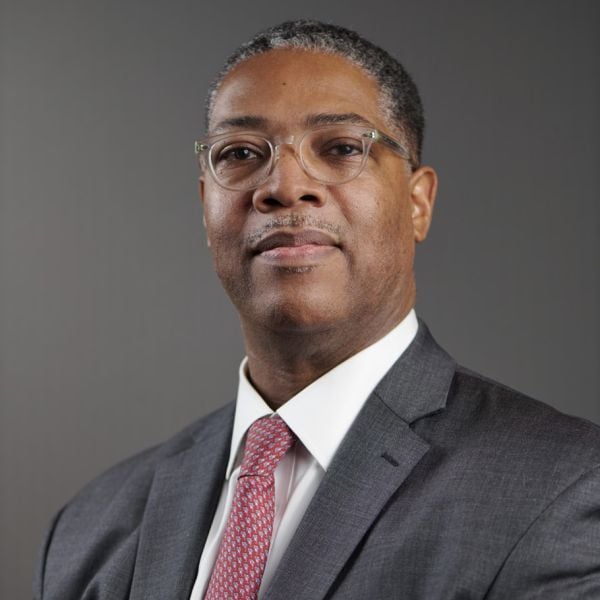
On January 7, 2025, the Los Angeles metropolitan area experienced something unprecedented in modern American history. Two simultaneous urban fires broke out in Los Angeles County, fueled by a nine-month drought and hurricane-strength winds from the desert. Within hours, these fires escalated from relatively small incidents to the largest urban fires in US history.
The fact that both fires developed at the same time—along with several smaller ones across the region—meant firefighting resources, personnel, and communications were stretched beyond their limits. The fires attracted a significant amount of attention in the initial days and weeks after they occurred, due to the scope of damage, particularly among high-profile individuals.
However, rebuilding cities and neighborhoods is not a matter of days or weeks, but of months and years. Seven months later, we are still grappling with the full extent of the devastation. Recent death toll estimates have risen from 31 at the time of the fires to over 400, according to updated figures. Understanding how reconstruction has unfolded and the lessons learned is critical—not only for affected communities but for shaping broader responses across California and the United States.
In assessing the impact, most public attention has centered on Pacific Palisades, a wealthy enclave typically seen as safe—despite its proximity to Malibu, which suffered a major fire just two weeks earlier and has long faced risks from fires and mudslides. The damage encompassed not only large homes but also hundreds of multi-family units and the loss of the most affordable housing in the area: a mobile home park near the ocean.
Losses in the Eaton Fire in Altadena affected a wide swath of people, ranging from long-time residents to below-the-line workers in Hollywood, to NASA employees at JPL, which reported over 200 employees having lost their homes due to the fire. Across the two fires, over 11,000 homes were destroyed. Initial damage estimates exceeded $30 billion. More recent projections from UCLA’s Anderson Forecast place capital losses as high as $131 billion and insured losses at $45 billion. Some estimates suggest the full economic impact may be double that.
Los Angeles is already contending with a chronic housing shortage due to decades of underbuilding and a construction slowdown following the 2008–09 Great Recession, and the loss of 11,000 homes is an acute crisis. Homeownership has long been viewed as a key path to economic mobility, and in Los Angeles, it was already slipping out of reach for many.
The loss impacts not only displaced homeowners but also the remaining housing stock. Short-term rentals surged, as did demand for middle-class housing. Governor Gavin Newsom has already moved to waive key statewide restrictions, such as the notorious California Environmental Quality Act, enacted during the Reagan administration. But overcoming local-level restrictions, both from officials and interest groups, is also a challenge. Concerns have also been raised about inadequate cleanup efforts in Altadena.
Addressing issues of housing resiliency is not unique to California. The Palisades and Eaton fires demonstrated that combinations of prolonged lack of rain, combined with high winds, could let fires rampage through urban structures, which were previously viewed as much less exposed to the kind of rapid-fire expansion seen on January 7. But the recent fires demonstrate that locations such as Phoenix and Las Vegas could also be highly vulnerable to urban fires, as well as a number of other cities, when dry conditions and high winds prevail.
As weather patterns become increasingly erratic, the odds of a significant wind-driven fires targeting cities in the Plains and Southwest US continue to grow. Meanwhile, forested locations in the Northeast have shown increasing vulnerability to the types of fires that have been affecting Canada. When combined with the issues of hurricanes and storm surges affecting insurance and rebuilding in Florida, and the increasingly frequent floods affecting everywhere from Iowa to Vermont to North Carolina, finding how to address these issues before even more families lose their homes and livelihoods around the US is paramount. The recent devastating floods in Central Texas only highlight this pressing need. Even a month after the floods, most survivors are still waiting for financial help.
So where do we stand, and where must we focus? Reconstruction financing is a particularly daunting task that requires both public and private involvement. This is especially true in the wake of insurance companies already fleeing the state due to exposures to prior fires, especially the ones in Northern California. Numerous homeowners affected by the fire had reported losing their home insurance just months earlier due to long-time policies not being renewed.
The Milken Institute has prioritized work on housing, construction, and infrastructure financing, especially the creation of blended financing models. It is working with political, community, and business leaders to tackle key issues and barriers tied to the rebuilding. But the scale and scope of this issue for Los Angeles will require direct additional actions and effort.
Los Angeles is still transitioning out of the emergency response phase. For most homeowners, decisions about rebuilding or relocation are still on hold due to back-and-forth with insurance providers. Funding for large-scale and community resilience, but it needs effective local and state bonding to tackle these significant costs. With FEMA funding looking increasingly unlikely, there is a clear need for creative and collaborative solutions and to coordinate efforts beyond the disconnected, ad-hoc manner that has been emerging. Numerous funding sources have stepped forward, including philanthropy, mission-driven lending, public-private partnerships, bonds, tax-based financing, and government investment.
Fortunately, several best practices have already emerged. The Department of Angels is conducting block-by-block assessments of needs, information sharing, and advocacy on behalf of fire-affected residents. In Altadena, projects are being bundled to create economies of scale and reduce costs. At a larger scale, Steadfast LA is implementing an effective model in modular home construction.
Perhaps the most optimistic sign towards effective collaboration has come from the funding side, where they’ve played a key role in early recovery and are now developing long-term collaborative models. What they need is clarity from the federal, state, and local levels on what public funds are also available so that they can establish a truly successful public-private partnership.
Organizations such as the Los Angeles Economic Development Corporation and the Milken Institute can play pivotal roles in developing accessible funding platforms. But ultimately, restoring Altadena and the Pacific Palisades—and creating a model for national recovery—will depend on clarity from policymakers and commitments from private backers.


















